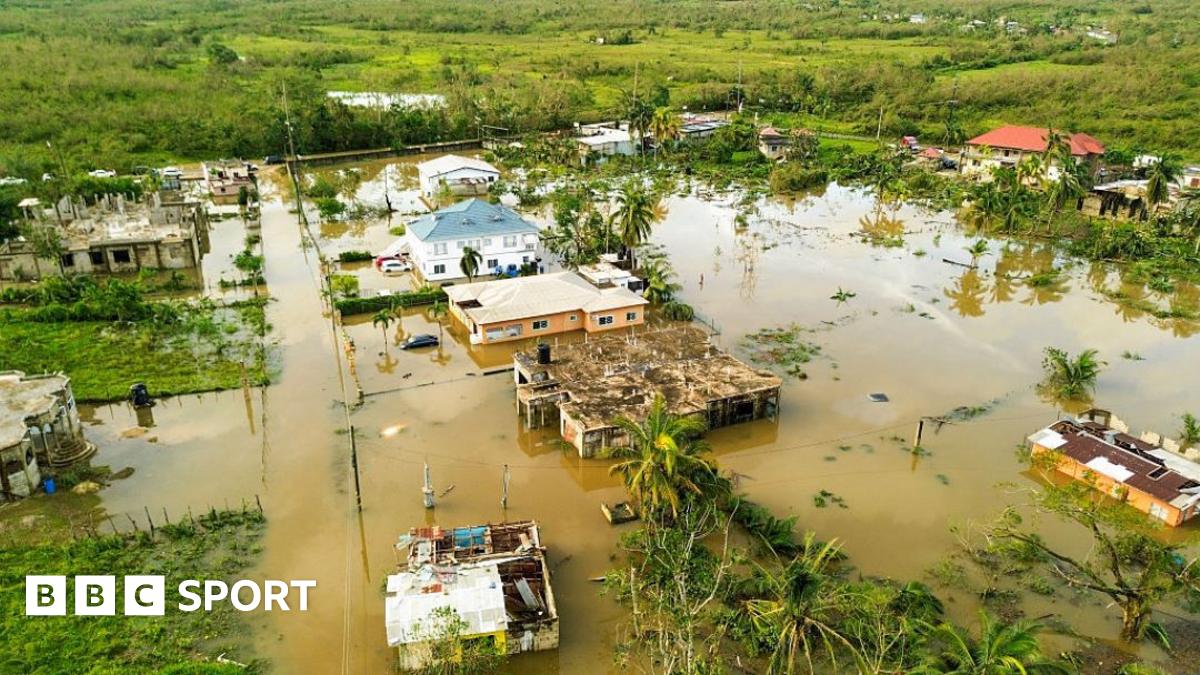Hurricane Melissa Devastation Saddles Jamaica With Multi-Billion-Dollar Bill
Jamaica faces an $8 billion-plus price tag to repair the damage caused by Hurricane Melissa. Wind gusts hit a record-breaking 252 miles per hour between October and November.
The catastrophe claimed 45 lives, 15 remain missing, and a further nine cases are under investigation.
Prime Minister Andrew Holness stated that repairs will be equivalent to 30% of Jamaica’s GDP. However, the World Bank’s and Inter-American Development Bank’s estimates of $8.8 billion would amount to 41% of GDP. That makes Melissa the most expensive hurricane in Jamaica’s history. Housing insurance alone could total between $2.4 billion and $4.2 billion. The Office of Disaster Preparedness and Emergency Management recorded 156,000 homes damaged and 24,000 considered total losses.
According to Verisk Analytics, “Many neighborhoods in St Elizabeth parish … are reporting significant damage, with 80% to 90% and, in certain cases, 100% of roofs destroyed.”
The Cost of Recovery
Jamaica is looking to its insurers and multilaterals for immediate financial relief. The Caribbean Catastrophe Risk Insurance Facility (CCRIF) made two payments totaling $91.9 million. The World Bank added another $150 million.
A further package of aid from the World Bank is forthcoming. This will include emergency finance redeploying existing project funds to speed up repairs and private-sector assistance via the International Finance Corporation. The CCRIF’s payout will come from Jamaica’s cyclone and excessive rainfall parametric insurance policies.
Holness promises that the government will spend each dollar carefully.
“We will spend to relieve human suffering, but every dollar that is spent will be accounted for,” he told reporters while touring disaster sites, “and not just from an accounting point of view, meaning adding up the dollar spent. It will be accounted for from an efficiency point of view, which is really the greater accountability. Every dollar spent, every aid given, every commitment made, will be used in a way that quickly advances the recovery, but at the end of it makes Jamaica stronger.”


